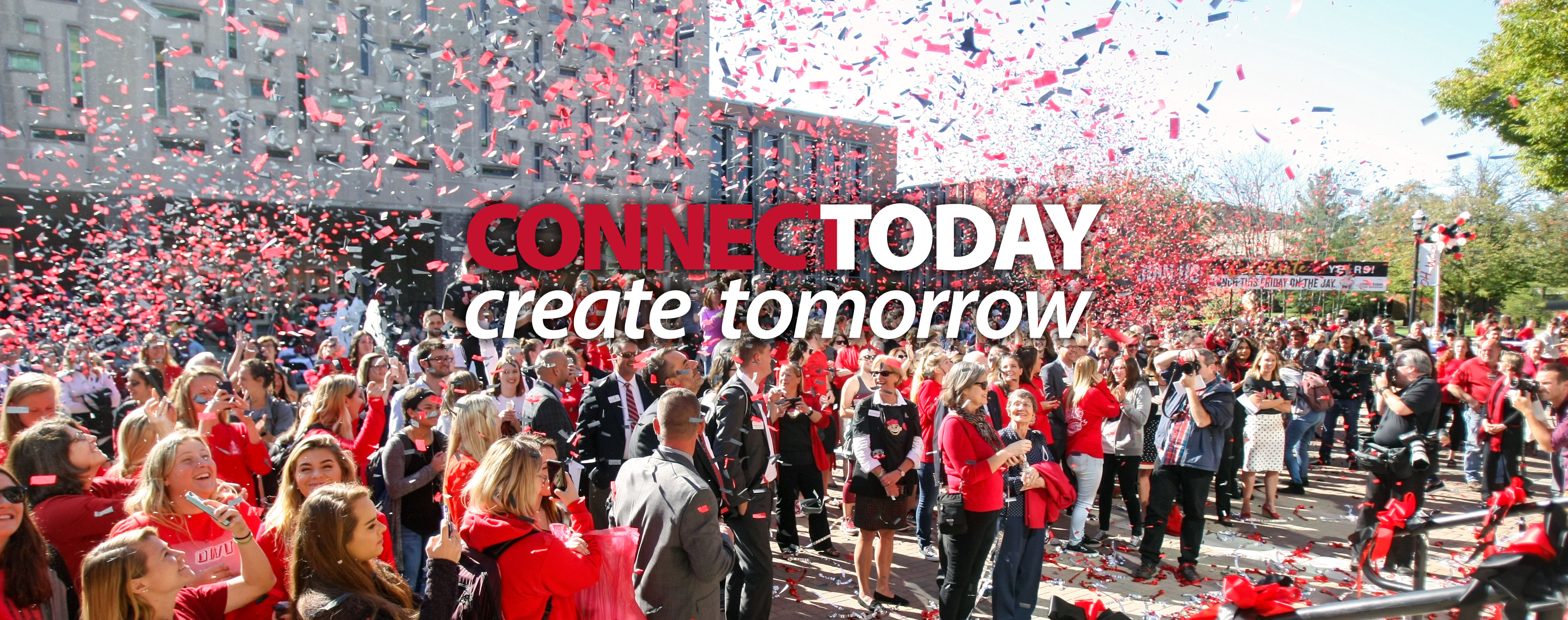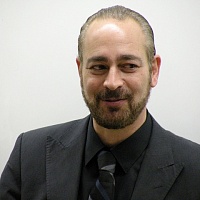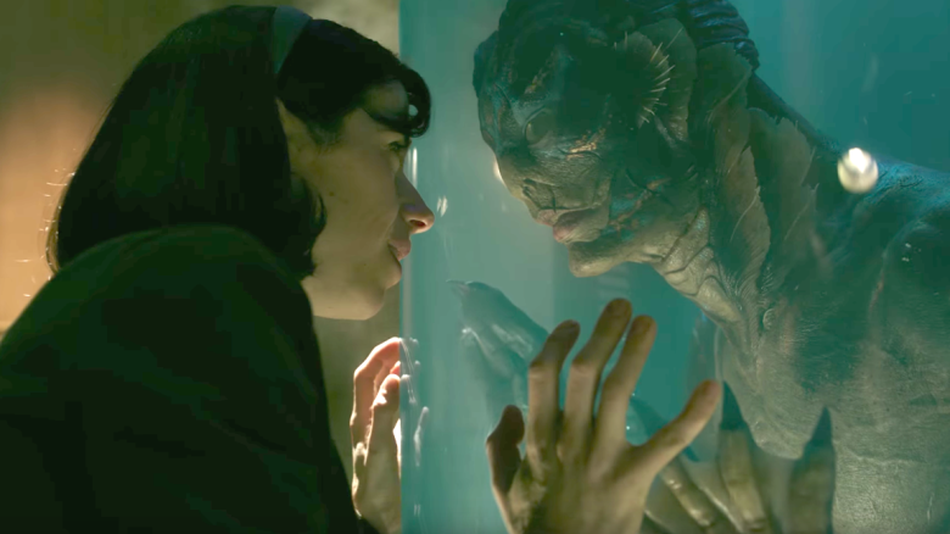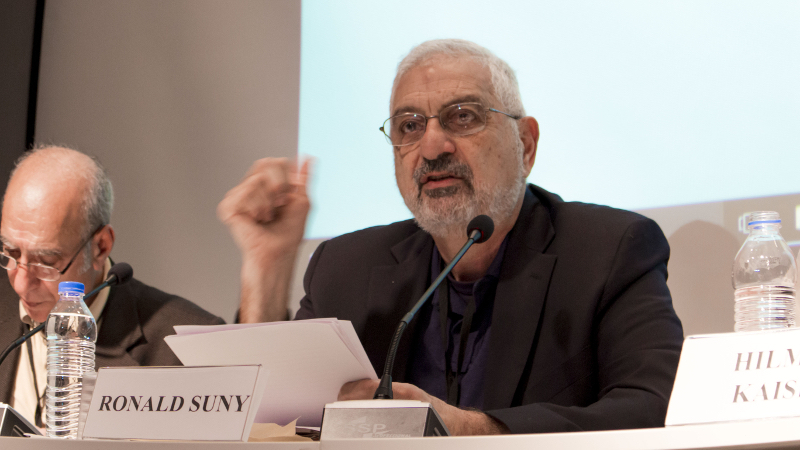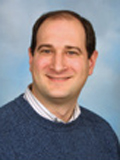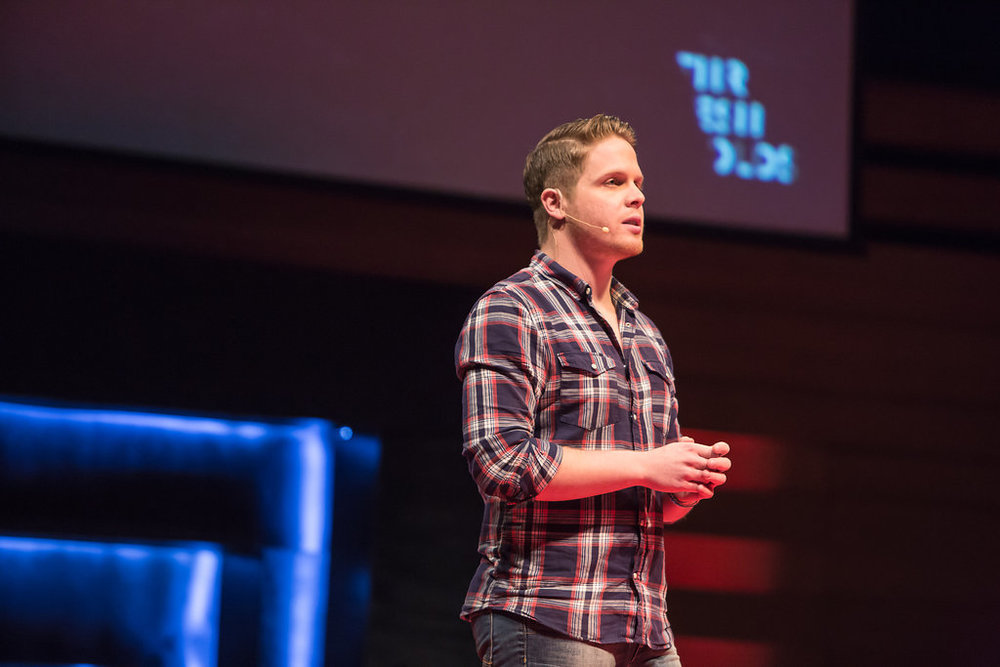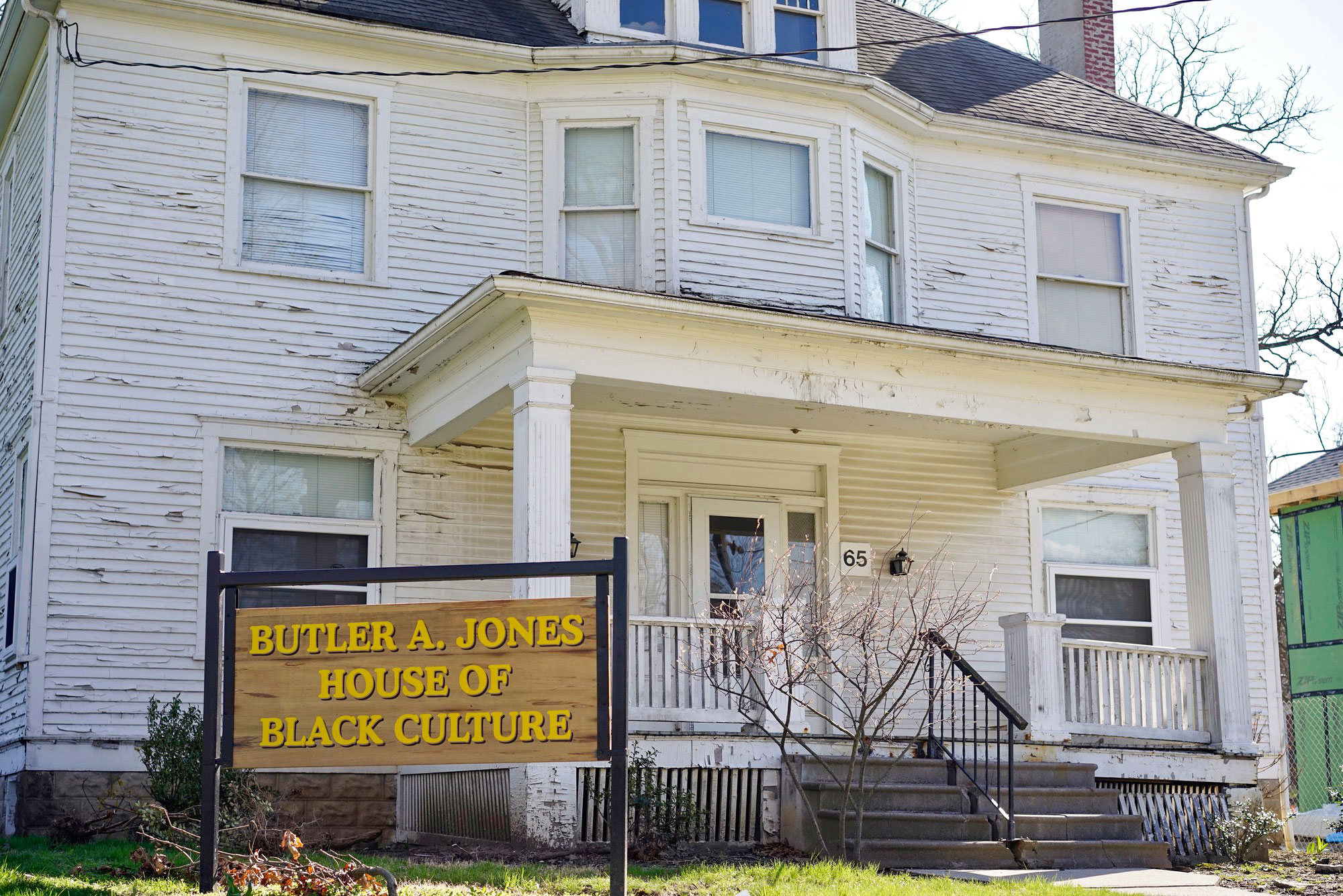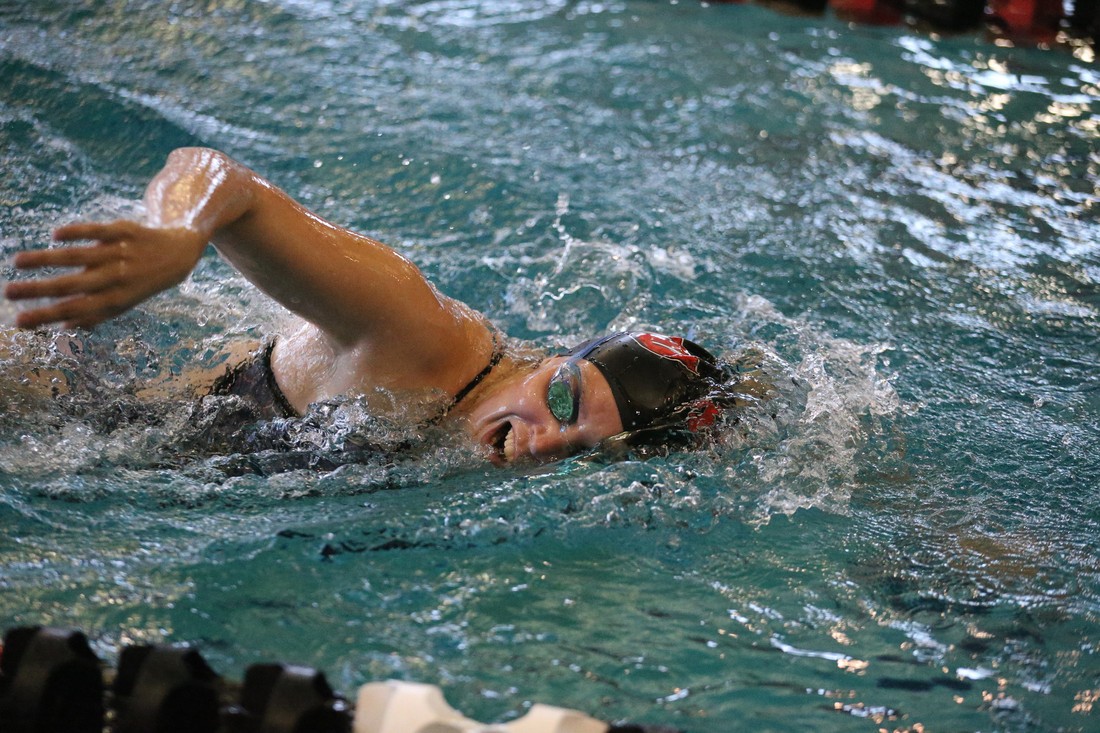By Reilly Wright, Managing Editor
Recent gifts and pledges have pushed the largest campaign in Ohio Wesleyan history, the $200 million “Connect Today, Create Tomorrow” campaign, forward for students.
The campaign has had the spotlight in recent university efforts and, according to President Rock Jones, gifts and pledges have totaled to more than $150 million to date. This puts the campaign a full year ahead of the projected schedule.
The raised money is aimed toward improvements campus wide; whether need-based scholarships, the OWU Connection or capital improvements, such as renovating Branch Rickey Arena.
Colleen Garland, vice president for University Advancement, says campaigns begin with a university strategic plan that resonates with donors and has the biggest impact at Ohio Wesleyan. The campaign’s progress is fueled through gifts by OWU alumni and friends.
“The largest single objective [of the campaign] is $50 million for student scholarships,” Garland said. “There’s the OWU Connection endowments, there’s capital improvements, like the new SLUs… all of those have been funded with gifts from the campaign.”
Earlier in March, Garland announced recent major gifts contributing to the campaign.
Dr. James F. Morris ’44 Endowed Scholarship: Estimated to be the second-largest scholarship at OWU, it is expected to total to more than $4 million with preference toward students with financial need. It is named after the late Dr. James F. Morris, an alumnus who received a full scholarship from OWU before becoming a pulmonologist.
The Sloan House, 94 Rowland Ave.: The currently unnamed Small Living Unit, the blue and brown building holding the House of Linguistic Diversity (HOLD) and House of Peace & Justice, will be named the Sloan House. Due to a $500,000 commitment from Tim and Lisa Sloan, members of the Campaign Leadership Committee, the Sloan House reception will be held during Reunion Weekend on Friday, May 18.
David P. Miller ’54 gift for online summer classes: After two successful summers of pilot online summer courses at OWU, Miller, who financially contributed for its launch, agreed to provide an additional $819,000 for the next three years of course development. Summer enrollment has increased due to the classes’ success and now the number of online courses has doubled each year. For information on the 2018 summer session, visit https://www.owu.edu/academics/summer-session/.
“Each and every gift is important to this campaign,” Jones said. “The gifts announced recently reflect the wide-ranging impact of this campaign… Each of these gifts directly impacts our students and their experience here.”
Garland says campaign gifts are being closed almost every week and she plans to remain transparent in sharing these donor stories with the campus community.
“My intent is once every four to six weeks or so to send a similar update to the campus to highlight specific gifts because if we only talk about the dollars it’s hard to understand the donor story behind the dollar and what it’s actually going towards,” she said.
The University Advancement staff combined with the Campaign Leadership Committee, co-chaired by Kevin and Nancy McGinty and John and Kathie Milligan, has led campaign support. But Garland also says students and faculty help inspire alumni and friends to give as well.
“Whether that’s students writing thank you notes to donors if they receive a scholarship to faculty continuing to innovate and add new programs like the new majors, all of that gives us things that donors get excited about and want to invest in,” Garland said.
To view updated campaign progress, visit owu.edu/campaign.
